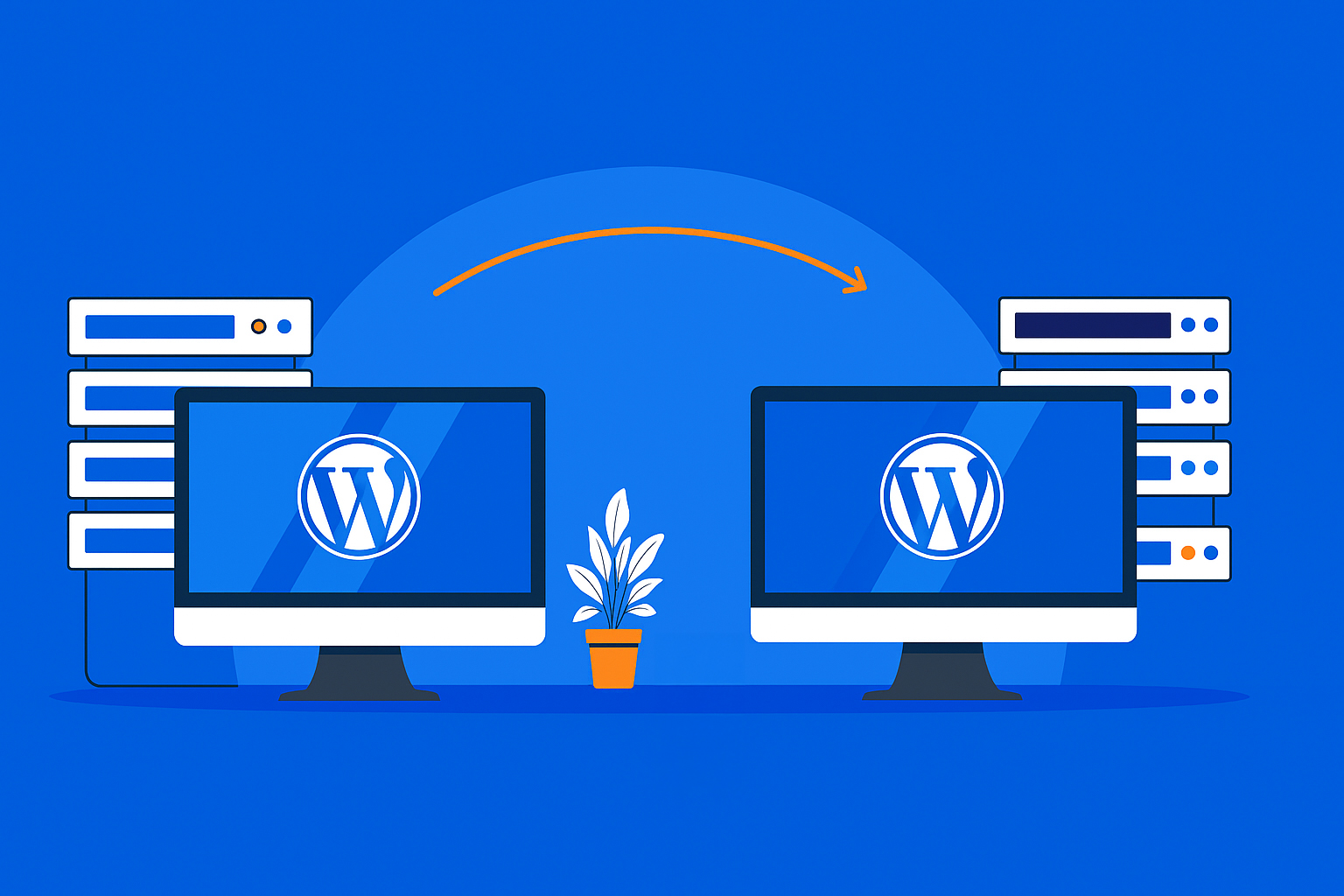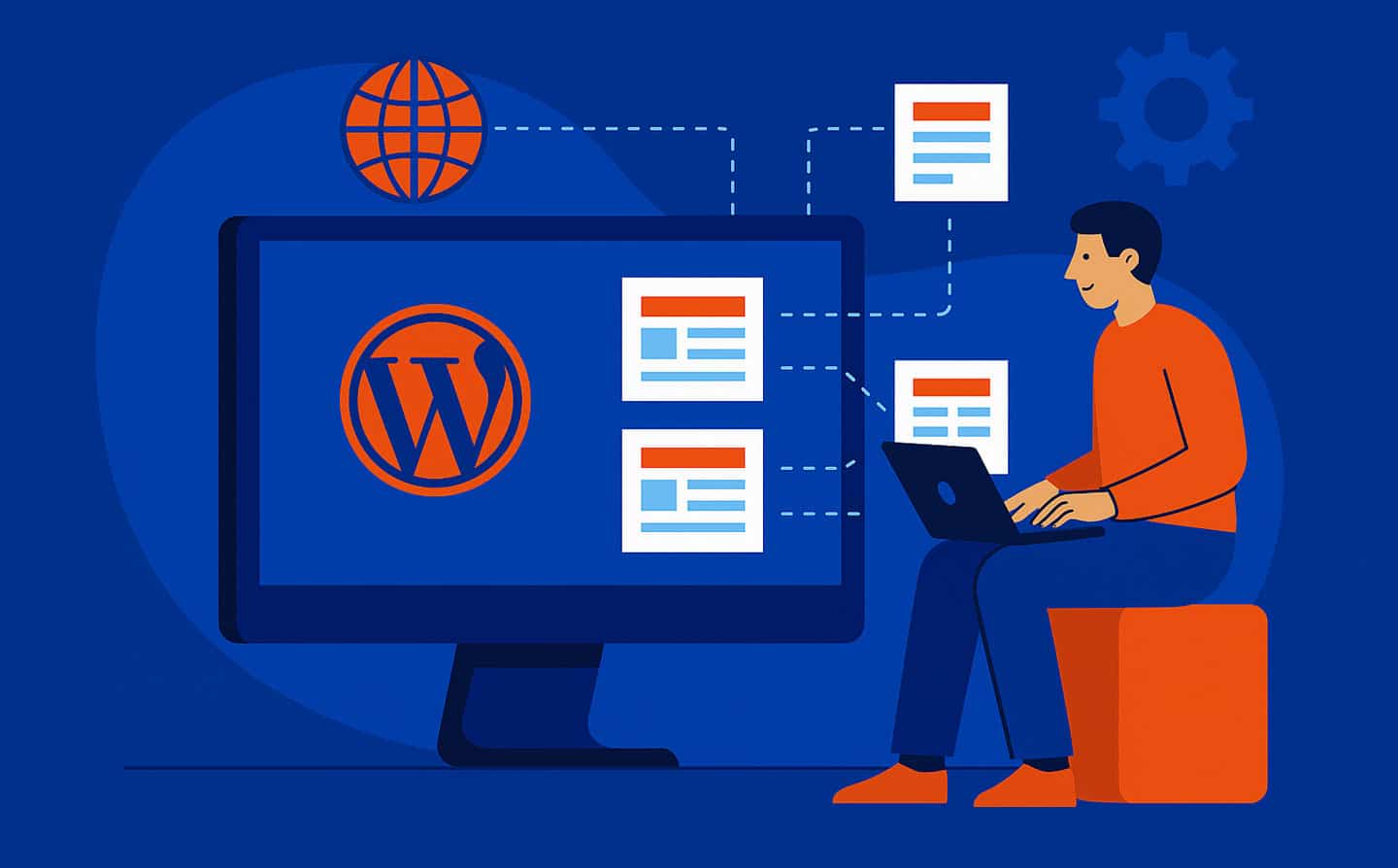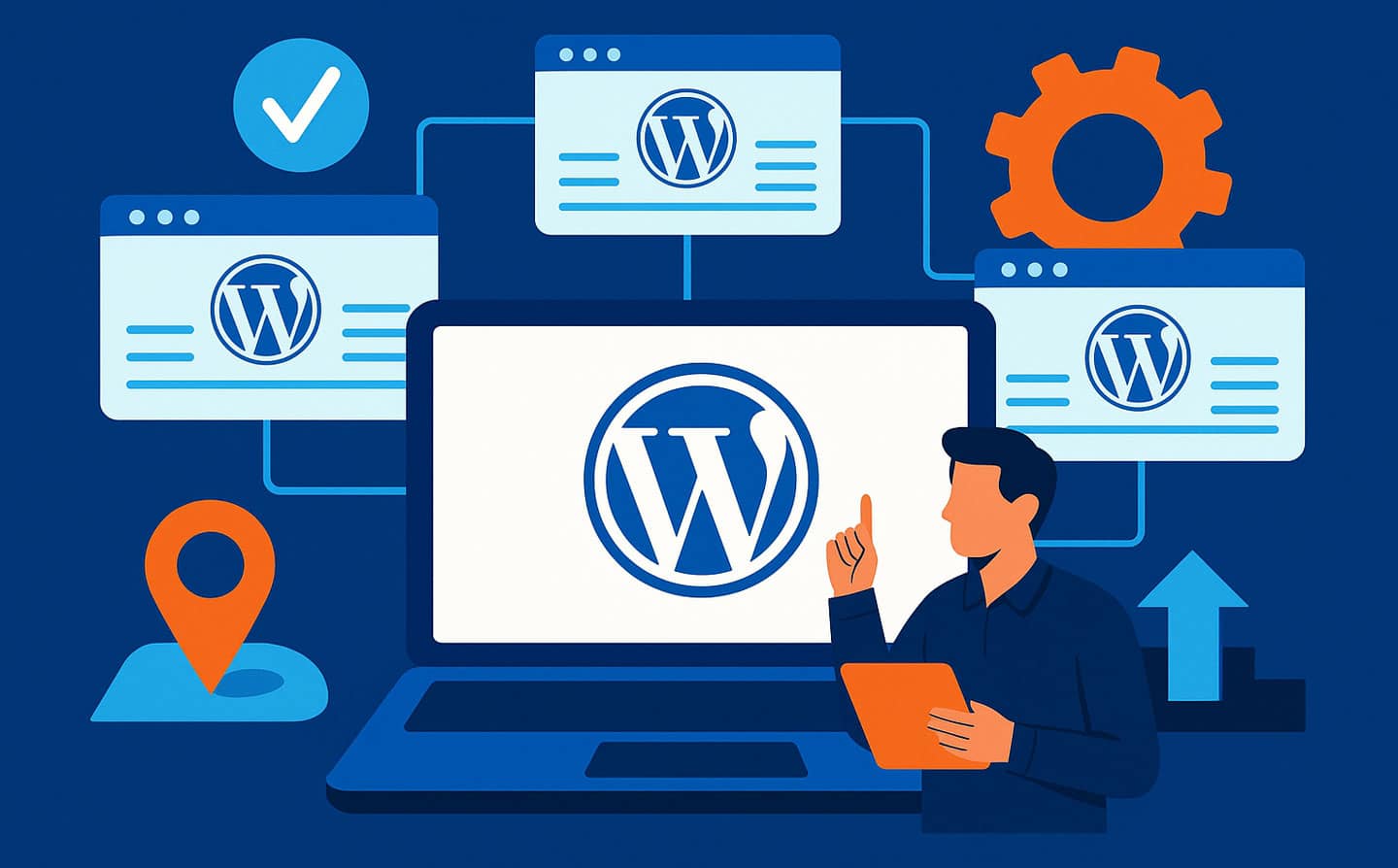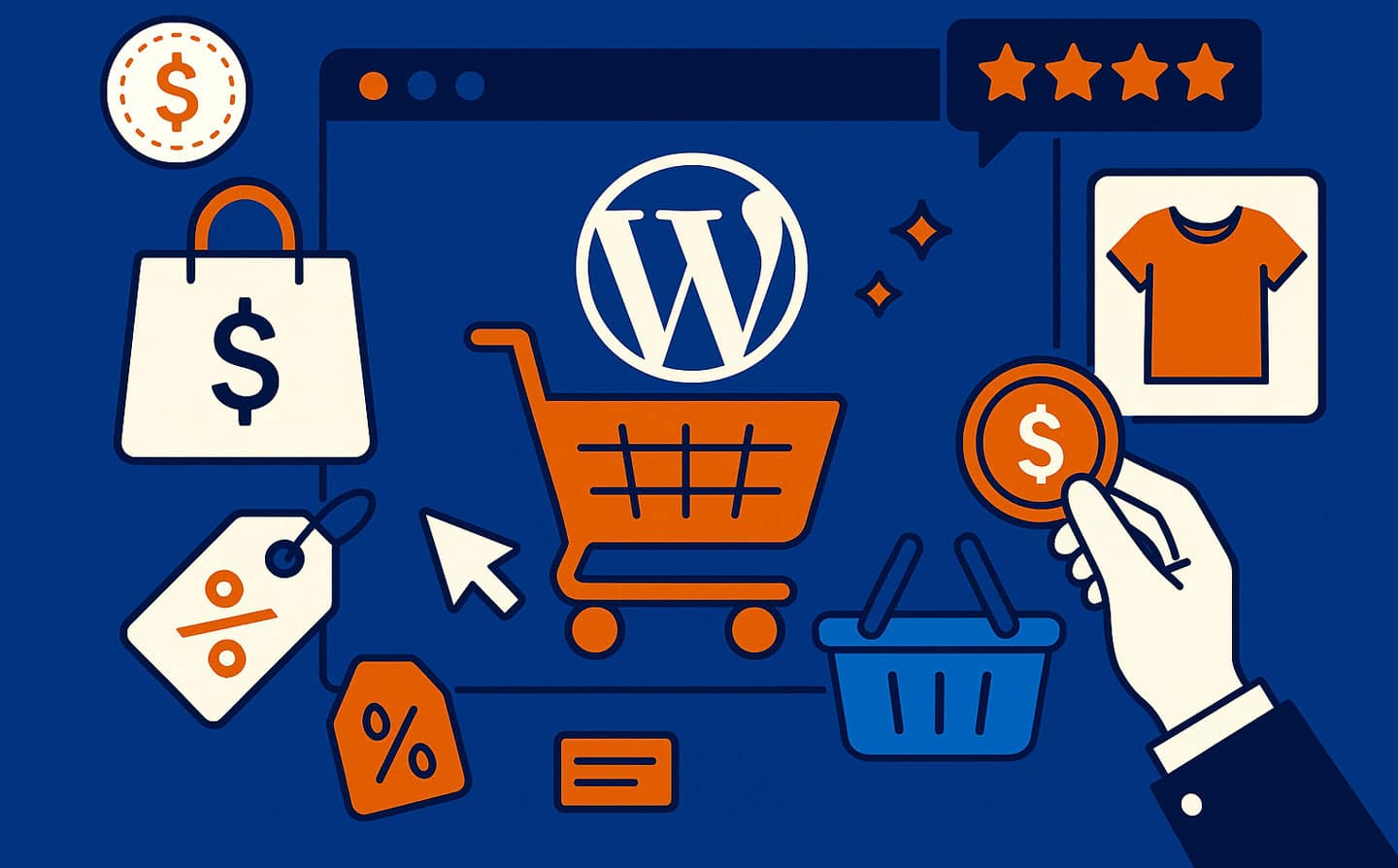Migrating Your Site to WordPress is a strategic move to unlock powerful features, better performance, and a thriving online presence for your business. Switching from another platform can seem daunting due to risks like potential data loss or downtime, but the long-term benefits—like improved flexibility and user experience—make it worthwhile. At WP Support Lab, we’re here with 6 effortless steps to ensure a smooth transition to WordPress, minimizing stress and maximizing results.
Why Migrating Your Site to WordPress Matters
Findings from W3Techs reveal that WordPress powers over 40 day-to-day business operations, showcasing its versatility and community support W3Techs. Migrating your site to WordPress enhances site scalability, improves user access, and boosts content management with its robust ecosystem of plugins, themes, and tools. This shift empowers your business with a flexible platform that adapts to growth, meets user needs, and supports long-term success in a competitive digital landscape.
🚀 Migration opens new opportunities.
6 Effortless Steps to Migrate Your Site to WordPress
1. Assess Your Current Site
Understanding your existing site’s structure helps plan the migration, ensuring site scalability from the outset. Review your content (posts, pages, media), design elements (CSS, layouts), and plugins or features, noting custom functionalities like forms or e-commerce systems that need replication on WordPress. This initial step in migrating your site to WordPress sets the stage for a successful, organized transition that preserves your site’s core functionality.
2. Choose a Reliable Hosting Provider
A strong host supports the migration process, enhancing user access with minimal downtime during the switch to WordPress. Select a WordPress-optimized provider like SiteGround, Bluehost, or WP Engine, which offer one-click installs, migration tools, and robust server performance with automatic backups. This choice is critical when migrating your site to WordPress, ensuring a stable foundation that supports growth and reliability.
3. Back Up Your Existing Site
Backing up your current site prevents data loss, safeguarding data security during the migration process and providing peace of mind. Use plugins, your host’s backup tools, or manual methods to save files, databases, and configurations, storing them securely offsite on cloud storage like Google Drive or Dropbox. This step in migrating your site to WordPress ensures you can recover quickly if issues like corrupted files or transfer errors occur.
4. Export and Import Content
Transferring your content is the core of the move, improving content management with WordPress’s intuitive interface that simplifies updates. Export data from your old platform using built-in tools or plugins like FG Drupal to WordPress for Drupal sites, or All-in-One WP Migration for other platforms, then import it into WordPress via its built-in importer, checking for errors like missing images. This process supports migrating your site to WordPress with all your content intact, maintaining its integrity and structure.
5. Rebuild and Customize the Design
A new design enhances user access by aligning with WordPress’s structure, offering a fresh, user-friendly look tailored to your brand’s identity. Recreate your layout using a theme like Astra or custom code, adjust CSS for consistency across pages, and test responsiveness on desktops, tablets, and mobile devices to ensure a seamless experience. This step in migrating your site to WordPress ensures a visually appealing, functional site that resonates with your audience and improves navigation.
6. Test and Launch the Site
Thorough testing prevents issues, boosting site scalability by ensuring the migrated site handles traffic, updates, and future growth effectively. Check links, forms, and performance with tools like Pingdom or GTmetrix, fix bugs such as 404 errors or broken scripts, and launch with a backup plan in place to revert if needed. This final step in migrating your site to WordPress delivers a polished, ready-to-use platform that’s optimized for performance and user satisfaction.
Final Thoughts: Successfully Migrate to WordPress
Following these steps for migrating your site to WordPress transforms your online presence with a powerful, adaptable platform that grows with your business. A well-executed migration enhances performance, improves user experience, and supports your business growth by leveraging WordPress’s vast ecosystem in a dynamic digital world. At WP Support Lab, we’re here to guide you through the process, ensuring your WordPress site launches smoothly and sets you up for long-term success.
👉 Ready to migrate? Let’s start today! Let’s start today!







